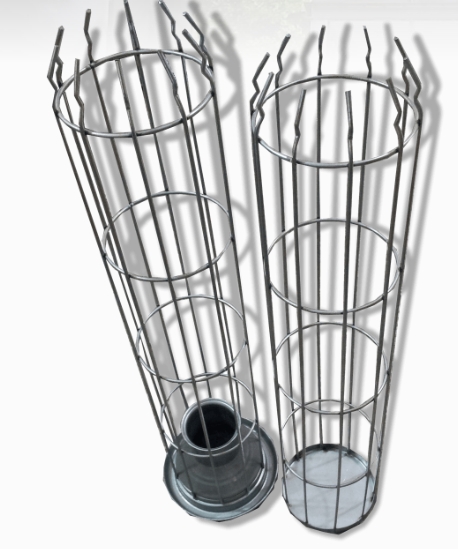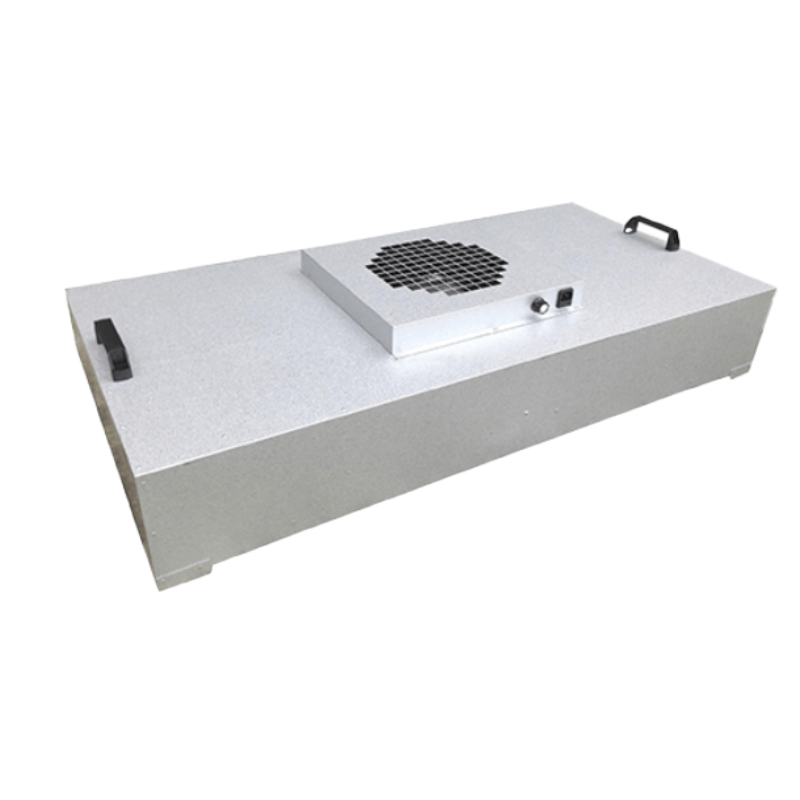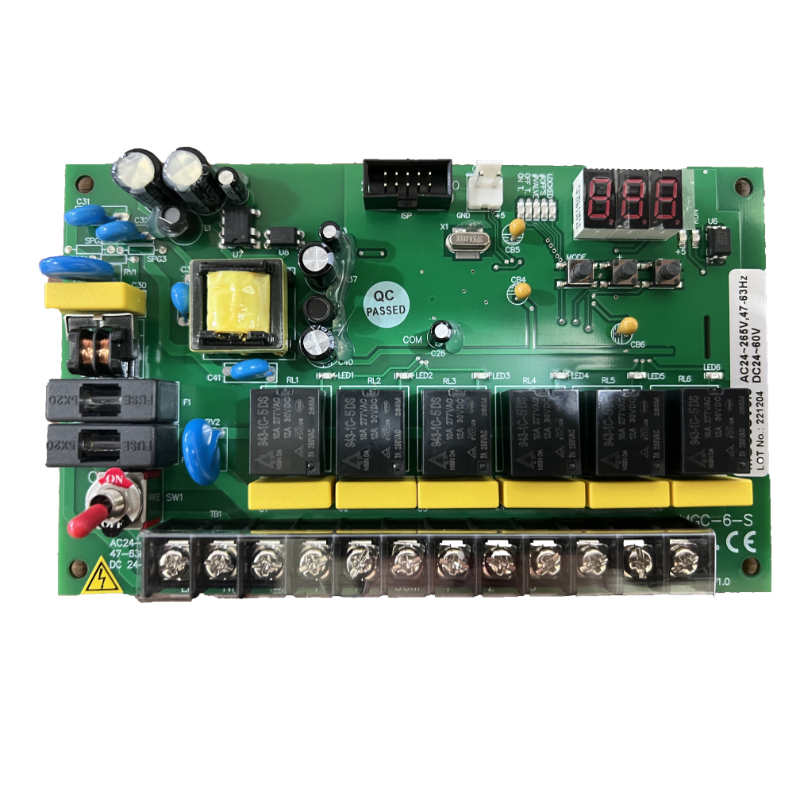-
商品資訊
Activated Carbon Filter Description
Activated carbon filters are filtration devices that use activated carbon as the primary filtering medium. They are commonly used in air purification, industrial exhaust gas treatment, water treatment, and other fields. Activated carbon has a very high specific surface area and porous structure, which effectively adsorbs harmful gases, odors, volatile organic compounds (VOCs), chemical pollutants, and trace metals from air or liquids, thereby improving air and water quality.
1. Working Principle
Activated carbon filters mainly rely on two mechanisms to filter pollutants: physical adsorption and chemical adsorption.
- Physical Adsorption: The porous structure of activated carbon provides a large surface area, capable of capturing and retaining harmful molecules, odor molecules, and impurities from the air or liquid.
- Chemical Adsorption: Some activated carbon is treated to allow it to chemically react with pollutants, converting them into harmless substances, achieving further purification.
As air or water passes through the activated carbon filter, pollutant molecules are adsorbed onto the surface of the activated carbon and retained within the filter, thereby achieving purification.
2. Key Features
- Strong Adsorption Capacity: The porous structure of activated carbon gives it a strong adsorption capacity, effectively removing harmful substances such as volatile organic compounds (VOCs), odor molecules, and some heavy metal ions from air or liquids.
- High Filtration Efficiency: The filtration efficiency of an activated carbon filter depends on the quality and pore structure of the activated carbon, with a removal rate of certain pollutants reaching over 90%.
- Multifunctionality: Activated carbon filters can be used for both air and water purification, removing not only odors and harmful gases but also filtering chemical pollutants and microorganisms from water.
- Replaceability: Activated carbon filters are typically designed to be replaceable. When the filter reaches its saturation point, it needs to be replaced to ensure continued filtration effectiveness.
3. Advantages
- Effective Removal of Odors and Harmful Gases: Activated carbon filters excel at adsorbing odor molecules and harmful gases (such as formaldehyde, benzene, ammonia, etc.), making them suitable for air purifiers and exhaust gas treatment devices.
- High Safety: Activated carbon material is non-toxic and harmless, and does not produce secondary pollution during use, making it ideal for use in homes, offices, and medical institutions.
- Wide Application: In addition to air purification, activated carbon filters are widely used in the water treatment industry to remove organic pollutants, chlorides, and odors from water.
- Easy Installation: Activated carbon filters are typically simple in structure, making them easy to install and replace with low maintenance costs.
4. Applications
- Air Purifiers: Widely used in household and commercial air purification equipment to remove odors and harmful gases from the air.
- Industrial Exhaust Gas Treatment: Used in chemical plants and petrochemical industries to adsorb volatile organic compounds and odors from exhaust gases.
- Water Treatment Equipment: Activated carbon filters are used in water treatment equipment to filter chlorine, odors, organic substances, and heavy metals from water.
- Automotive Air Filters: Used in automotive air conditioning systems to filter odors and pollutants from the air inside the vehicle, improving air quality.
-
商品Q&A




